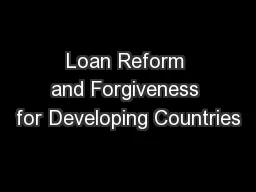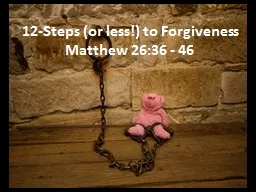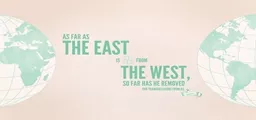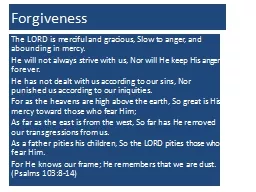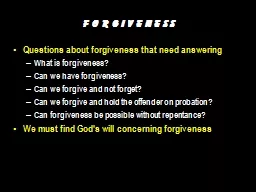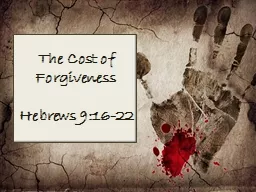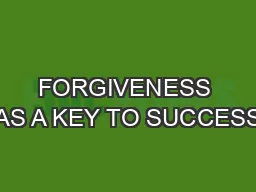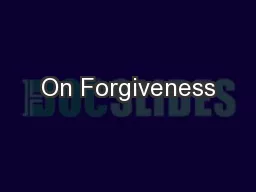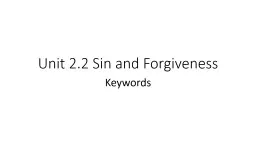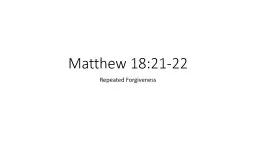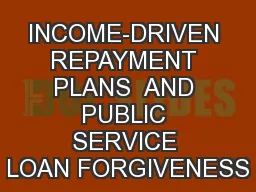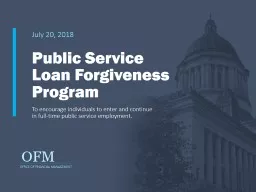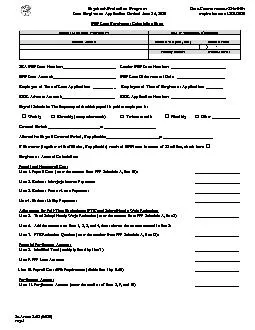PPT-Loan Reform and Forgiveness for Developing Countries
Author : yoshiko-marsland | Published Date : 2017-09-17
International Monetary Fund Prepared by Danny Hirsch 25 October 2015 International Monetary Fund The International Monetary Fund IMF is an organization of 188 countries
Presentation Embed Code
Download Presentation
Download Presentation The PPT/PDF document "Loan Reform and Forgiveness for Developi..." is the property of its rightful owner. Permission is granted to download and print the materials on this website for personal, non-commercial use only, and to display it on your personal computer provided you do not modify the materials and that you retain all copyright notices contained in the materials. By downloading content from our website, you accept the terms of this agreement.
Loan Reform and Forgiveness for Developing Countries: Transcript
Download Rules Of Document
"Loan Reform and Forgiveness for Developing Countries"The content belongs to its owner. You may download and print it for personal use, without modification, and keep all copyright notices. By downloading, you agree to these terms.
Related Documents

